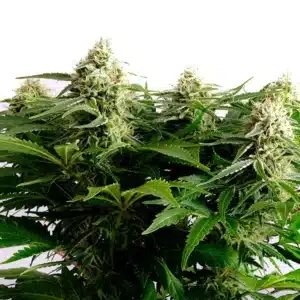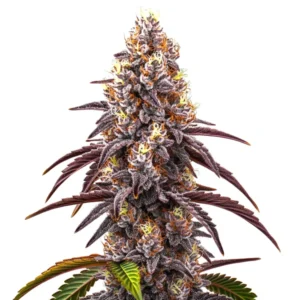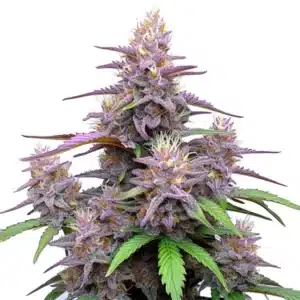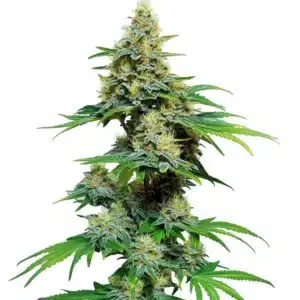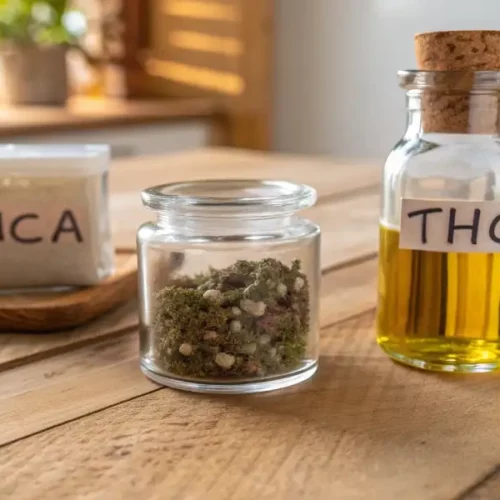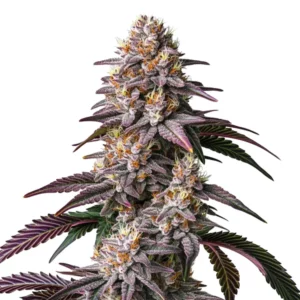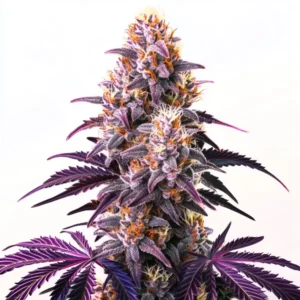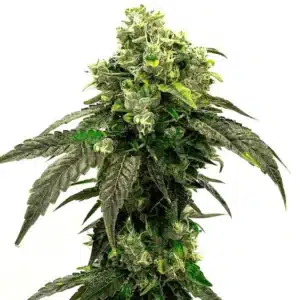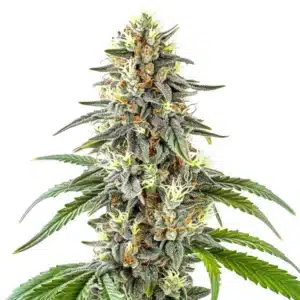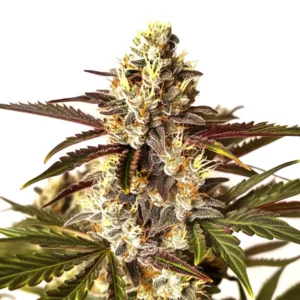Indica seeds have gained remarkable popularity among cannabis enthusiasts and cultivators across the United States. Renowned for producing plants with soothing and relaxing effects, they are often the go-to choice for evening use. Whether you’re purchasing Indica seeds for the first time or are a seasoned grower seeking more insights, this guide will walk you through the essentials of these seeds.
One defining trait of Indica plants is their compact, bushy stature, which makes them perfect for indoor cultivation. This is especially beneficial for urban gardeners who have limited space. Additionally, Indica strains are celebrated for their calming properties, helping with stress relief and promoting better sleep. As we dive deeper, let’s look at some specific strains available from reputable seed banks to help you make an informed choice.
Top Indica Strains to Consider
Gelato 41
Gelato 41 stands out for its balanced effects and intriguing flavor profile, appealing to both newcomers and experienced users. Blending sweet aromas with hints of earthiness, this strain delivers a calming body high perfect for relaxation without causing total sedation.
Gardeners appreciate Gelato 41 for its manageable size and sturdy nature. It’s well-suited for indoor cultivation, particularly for those with limited growing experience. Additionally, this strain can adapt to outdoor environments, where it rewards growers with abundant yields.
Purple Kush
Famous for its striking purple hues and potent effects, Purple Kush offers a deeply relaxing experience, effectively managing stress and discomfort. Its earthy aroma paired with a touch of grape flavor makes it a favorite among those who appreciate flavorful cannabis.
Regarding cultivation, Purple Kush is known for its robustness, forgiving new growers while offering plenty of rewards for seasoned cultivators. It requires minimal maintenance and thrives both indoors and outdoors, producing dense, resinous buds.
Hindu Kush
As a pure Indica strain, Hindu Kush originates from the rugged mountainous border between Pakistan and Afghanistan. Its uncompromised genetics present resilient growth and a soothing effect ideal for unwinding. With rich earthy and pine flavors, it’s a classic choice for cannabis connoisseurs.
Growers favor the Hindu Kush for its resilience and adaptability. Capable of enduring less-than-ideal growing conditions, it is an excellent choice for beginners. Outdoors, it prospers in mild climates and its natural resistance to mold and pests ensures a successful harvest.
Choosing the Right Strain for You
When deciding which Indica strain to cultivate, consider your preferences for taste, potency, and effects. Also, assess your growing environment as certain strains are better suited for indoors while others flourish outdoors. These considerations will guide you to a strain that meets your needs and matches your experience level.
Researching each strain’s specific requirements ensures you’re prepared to provide optimal conditions for growth. This groundwork will lead to a fruitful grow cycle and maximize your yield potential. Further, engaging with fellow growers through online forums or local groups can offer beneficial insights and support.
Promos & Deals
Growing Indica Seeds Successfully
Cultivating Indica seeds effectively in the U.S. starts with ensuring the correct growing conditions. Indica plants typically thrive in controlled environments with stable temperatures and humidity levels. Indoor growers should invest in a quality grow tent and efficient LED lights.
Another key factor is the soil or growing medium. Indica plants flourish in a well-aerated medium with a balanced nutrient profile. Start with high-quality soil and enrich it with organic matter to promote good drainage and nutrient accessibility. Regularly monitoring the pH levels will help prevent nutrient lockout and other growth challenges.
Watering and Nutrients
Striking the right balance with nutrients and watering is vital for healthy plant growth. Overwatering is a common pitfall, so keep the soil moist but not waterlogged. Indica strains often require a nutrient-rich solution, especially during flowering to support bud development, but introduce feeding schedules gradually to avoid nutrient burn.
Developing a regular watering and feeding routine is crucial. Monitor your plants closely, as variables like climate and humidity might require adjustments. Recognizing and responding to signs from your plants, such as wilting or yellowing leaves, can help keep them healthy throughout their lifecycle.
Pests and Disease Management
Like any cannabis variety, Indica plants are vulnerable to pests and diseases. Proactively managing these threats involves regular plant inspections and maintaining cleanliness in your grow area. Utilizing natural pest deterrents like neem oil can help prevent common issues.
Maintaining a pest-free environment is an ongoing process. Ensure all tools and materials in your grow space are regularly sanitized. Staying vigilant for signs of distress, such as leaf discoloration or abnormal growth patterns, enables quick intervention to safeguard your crops against potential outbreaks.
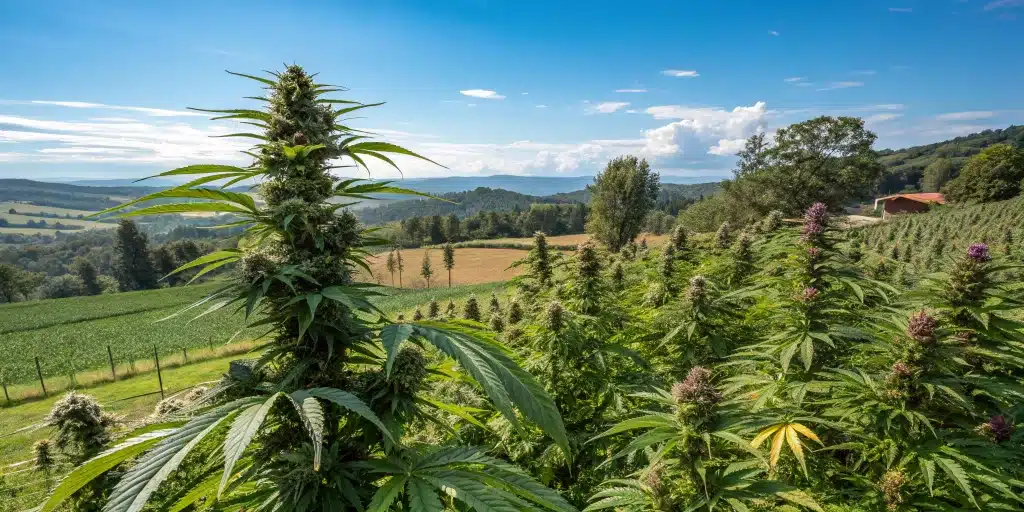
Legal Considerations in the USA
Before purchasing and cultivating Indica seeds, it’s crucial to be aware of the legal framework in your state. Cannabis laws across the U.S. vary widely, with some states allowing personal cultivation and others offering no such permissions. Always verify your local regulations to ensure compliance.
Staying informed about these laws helps not only in adhering to legal standards but also in identifying opportunities where legislation is evolving. Some states may offer specific permits for cultivators that yield additional advantages and protections.
Compliance and Safety
Compliance goes beyond following legal statutes; it also involves ensuring your cultivation setup is secure and private. Implementing proper security measures and discreet gardening techniques are vital for keeping your activities confidential.
Furthermore, consider how safety extends to personal health. Using protective gear when handling cannabis and its byproducts minimizes exposure risks, enhancing the overall safety of your growing operations.
Frequently Asked Questions
What are the best growing conditions for Indica seeds?
Indica seeds flourish in environments with stable temperatures, moderate humidity, and enriching soil. Control the climate in your grow area carefully, especially for indoor setups, to mimic these conditions as closely as possible. Ensuring proper light exposure, consistent watering schedules, and nutrient balance are critical components in optimizing growing conditions for Indica seeds. Regular adjustments and adaptations as per plant responses support robust growth.
How long does it take for Indica plants to flower?
Indica plants typically have a shorter flowering period compared to Sativa strains, often taking between 8 to 10 weeks. However, the exact flowering time can vary depending on the specific strain. Monitoring various growing factors, such as lighting cycles and nutrient intake, can influence the flowering period. Keeping track of these elements ensures you maintain a conducive environment that supports timely flowering.
Can Indica strains be grown outdoors?
Yes, many Indica strains can thrive outdoors, especially in climates that mirror their natural environments like temperate to warm regions. Proper site selection and preparation can enhance outdoor growing success. Utilizing natural sunlight, ensuring adequate soil preparation, and implementing protective measures against potential environmental stressors contribute to the healthy growth of Indica strains in outdoor settings.
Are Indica plants resistant to pests and diseases?
While Indica plants tend to be robust, they are not immune to pests and diseases. Regular inspection and preventive measures, such as using natural repellents, are effective in maintaining plant health. Incorporating diverse strategies, including companion planting and organic pest control, can bolster resistance to pests and diseases, promoting sustainable growth throughout the entire lifecycle of the plants.

